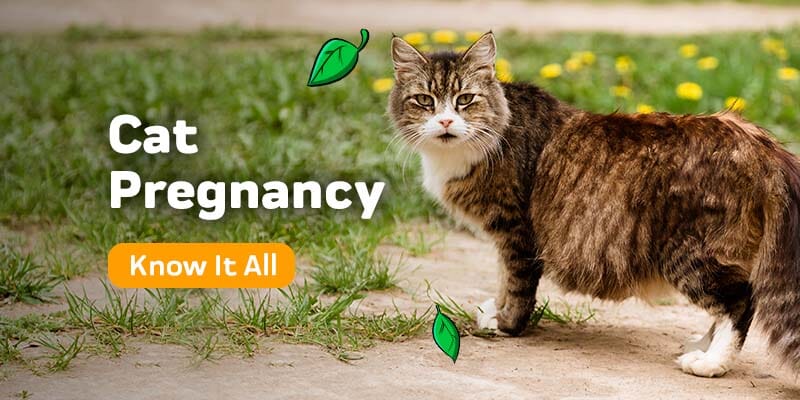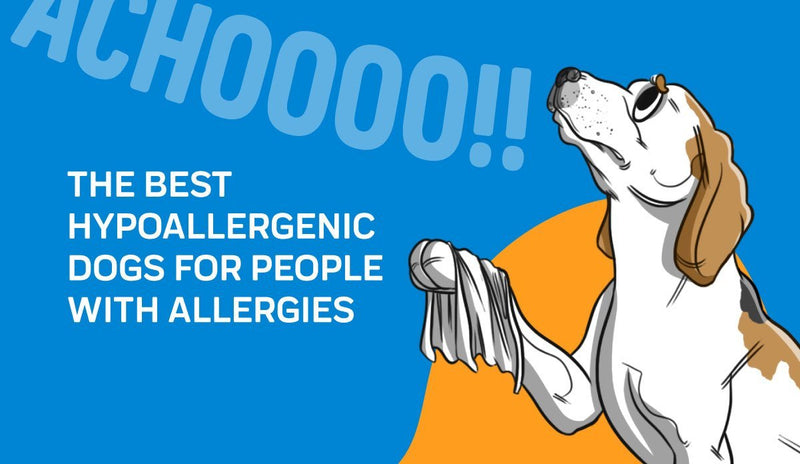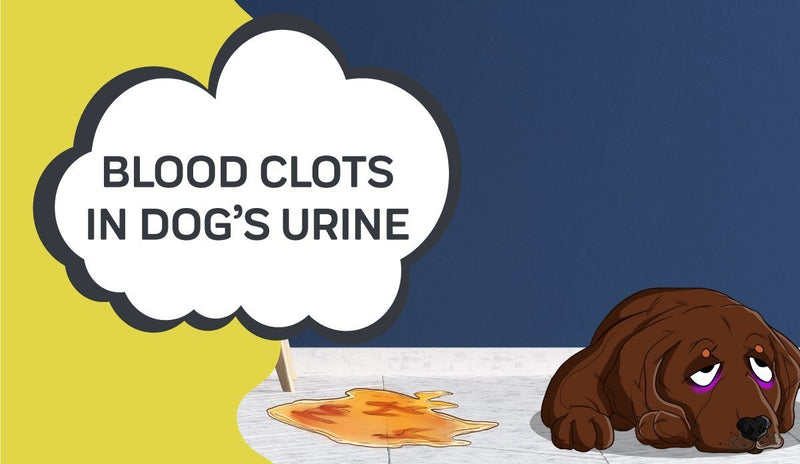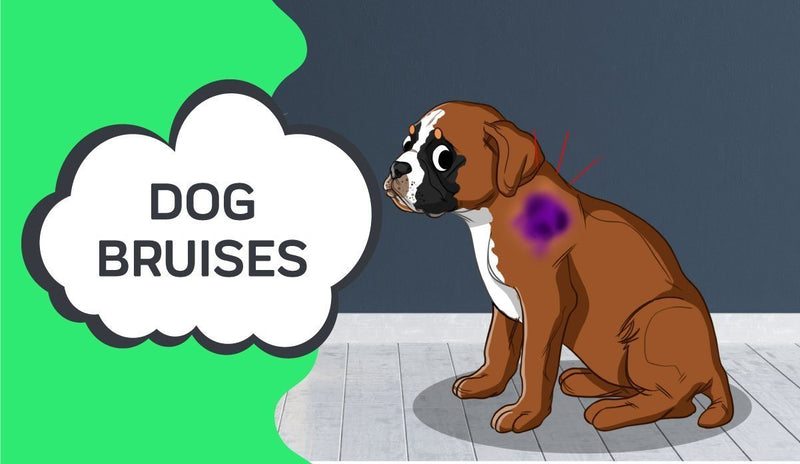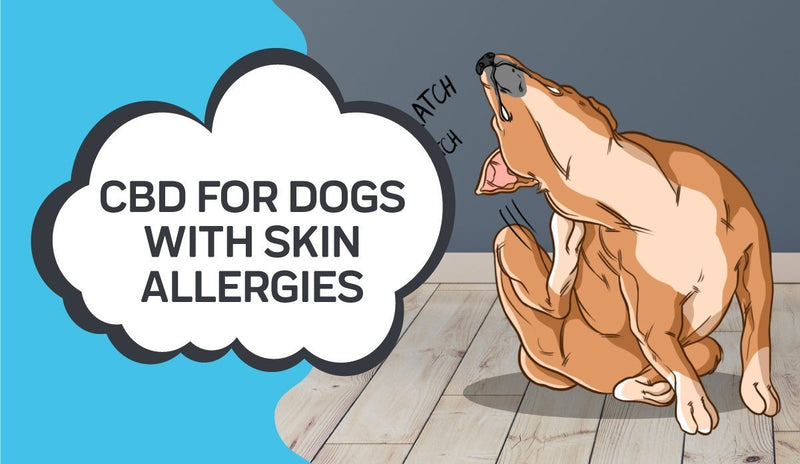It seems as if cats get pregnant often and easily. Spaying and neutering your animals is extremely critical in keeping the pet population under control and decreasing how many kittens wind up on the streets, in shelters, or euthanized.
In addition, cats which have been spayed or neutered often are healthier. But, things happen, and felines do have kitties, whether you plan for it or it simply happens.
As your cat is conceiving, you might be wondering how long your pet is going to be pregnant, and what the feline pregnancy stages are from one week to another. Hopefully, this short cat pregnancy timeline post will assist in giving you ideas about what you can expect when your cat is pregnant. 
5 Stages of Cat Pregnancy
How long are cats pregnant? There are around 5 cat pregnancy stages. The 1st pregnant cat stage is when a feline goes into heat. Felines may go into heat and breed as early as five to six months of age. Interestingly, a feline may have a litter of kitties from more than one dad. It all depends upon how many male felines your gal has mated with.
As a cat mates and her egg is fertilized, they’ll enter the second stages of cat’s pregnancy. It’s where your pet will start to display indications of being pregnant. Indications a feline is pregnant includes weight gain, loss of appetite, and potentially tiny lumps it’s possible to feel which are the kitties developing in her tummy.
In the third stage of cat pregnancy, the kitties start to grow rapidly, and your feline will continuously gain weight and develop a tummy.
The fourth stage is where your pet starts labor, around one week before she’s due. During this phase, she’ll start to nest and around 2 days before the kitties arrive, she even may stop eating.
Lastly, in the 5th stage, your pet will start labor. Of course, labor never is comfortable, and if your cat is a new mother she might behave as if she’s anxious, pace, and yowl or meow. The first kitty usually is born around one hour after labor starts, then a new kitty should follow around every 15 - 20 minutes until all are born. The majority of cats will understand what to do from this point. Your new mother will start cleaning up her litter and eat their placentas.
Week-by-Week Cat Pregnancy
Now you know the 5 stage of cat pregnancy, so let us break down your pet’s pregnancy week-by-week. A gestation period for cats is approximately ten weeks, or around 64 days. This period of gestation is a lot shorter than human beings, which means fetal development moves quickly.
Week 1
Again, it’s where the magic happens. Felines are very fertile and if she has mated, you might not have the ability to tell for a few weeks, it’s very likely she’s pregnant. As your feline has mated, it’ll take about one to ten days for the sperm to locate the eggs, as well as fertilization to occur.
Week 2
During week 2, your pet’s fertilized eggs are implanted, and your mother’s little kitties will start their development.
Week 3
During week 3, the kitties start development in earnest, which includes their organs. During this week, hormones start raging and you’ll see changes begin happening to your pet’s body. Her nipples will enlarge and turn a pinkish color and she’ll begin to gain weight.
Week 4
Just like human beings in their 1st trimester, during week 4 cats will experience a bout with “morning” sickness. It might cause vomiting in your cat and appetite loss. In addition, just like human beings, morning sickness does not always occur in the morning. Your pet will get sick during any time of the day.
Although this behavior is normal, if you believe your pet’s morning sickness is unusually serious or seems as if it’s lasting longer than it ought to, see the vet. Meanwhile, your pet’s body weight will continually increase, as well. By the end of week 4, you might have the ability to feel the kitties forming inside your cat’s stomach. Also, week four means you shouldn’t pick her up from this period on, because you accidentally could injure her babies. If you have to take her anywhere, utilize a small pet carrier.
Primary Causes of Vomiting
A hairball
Hairballs aren’t pleasant for both the pet and owner who must clean it up. If a hairball is big enough, it may cause internal blockages, which leads to vomiting and additional complications. For the ones who do not know, hairballs actually are the result of your cat’s grooming habits. As they perform their daily grooming and licking, they’ll consume loose hairs through the sandpaper-like tongue. Since they do not have the ability to spit the hair out, they’ll swallow it and it’ll get stuck in their stomach. After a little while, the hair builds-up, and causes a hairball to form.
Apart from vomiting, the cat might exhibit other symptoms like lethargy, a lack of appetite, diarrhea, and constipation. If the cat is displaying such symptoms and has a history of hairballs, ask the vet for a hairball product which will aid them in passing their obstruction. It’s also advised to step your brushing game up, for it’s a simple method of ridding your pet’s coat of dead and loose hair which usually causes hairballs to occur. If their problem is serious, you even can change their diet to a special hairball formula which should assist in mitigating the problem.
Changing to a New Cat Food
Cats are well-known to be picky eaters in general. Discovering the proper food that they enjoy and one that also is good for their bodies may be challenging. Occasionally when you attempt to change to a new food product, your pet will become ill. Vomiting even can happen if your pet is on a dry cat food diet and you change him to a wet cat food diet or vice versa. If the vet has suggested a new product and your pet is getting ill from it, try to gradually add it to their diet by blending in their old cat food, too. If your pet is exhibiting additional symptoms, which includes diarrhea or vomiting, speak with the vet for professional help.
Eating too Quickly
Some felines see food and hurry to scarf the entire thing down. If that’s the case for your cat, that may be what is causing her to vomit directly after. As a cat consumes food too rapidly, food will rub against the lower portion of the esophagus and causes them to regurgitate everything they’d just eaten.
If you have several cats in your home and one of them always is stealing the other’s food, it also may cause your pet to get sick, too. If that’s happening in your home, attempt to feed the cats in separate spaces of your household so that they all can enjoy their dinner in peace. Once you’ve given all of the cats around twenty minutes to eat their food, take away all of the bowls so your hungry cat does not go searching for leftovers.
Consuming Grass or Additional Household Plants
Did you have any idea that it is normal for cats to consume grass? As a matter of fact, a bit of grass intake actually can assist in getting rid of any hair which was swallowed while grooming. However, problems may arise if your cat has eaten too much or if there are chemicals such as pesticides inside the plants. It also is vital to know that a few household plants actually are poisonous to felines, which obviously cause vomiting.
Week 5
It’s the week in which the vet will do a manual examination and feel the shape of the kitties extremely well. They may even have the ability to take a head count; therefore, you’ll know how many to expect.
Week 6
Once the cat has reached week 6 in gestation, her appetite is going to increase even more as she begins to get prepared for the monumental task of nursing her kitties after the birth. She’ll need all that additional nutrition to feed her babies or keep herself healthy.
Let her consume as much as she wants and be certain the food she’s eating is balanced and healthy. You also may search for food which contains extra iron and minerals, to ensure both she and her kittens are getting all that they need. In addition, the fun part… it’s the stage you may even have the ability to see her stomach move as the kitties inside squirm and wiggle.
Week 7
By the seventh week, it’ll be apparent that your pet is pregnant. She’ll have a rounded, large tummy and might start the nesting process. Nesting is when the cat begins to look for a comfortable and safe space to give birth. It is similar to the human being nesting instinct. She additionally might lose her appetite occasionally as her kittens take up more space, as well as press against her belly. If you ensure that your cat has a comfortable resting space all throughout her pregnancy, hopefully she’ll choose that as her place to have her kittens.
Week 8
In this week, these little kitties will be very visible underneath the surface and move around a lot. You’ll have the ability to see and feel them moving around during this stage of the cat pregnancy. Your furry friend’s nipples will be extremely swollen and large as labor looms ever closer. You also will see that your pet seems to be grooming herself a lot. She even may start to shed her tummy fur. It’s a normal behavior and their fur will grow back fairly quickly as the kitties are born.
Again, your cat’s appetite might be hit or miss at this time as her kittens are taking up a ton of room and pressing against her tummy, and she still may be searching for that ideal space to give birth if she has not already found it or selected the bed you made for her.
One other thing you might notice is her milk dropping. It might occur during week 8 or week 9. When it does, you may even see a bit of milk being secreted from her nipples.
Week 9
This is an apprehensive and exciting week. Your pet might have her kittens any day now. You may see that your cat is leaking a bit of discharge from her vaginal region. This discharge may be a bit reddish in color, or you may not even notice it at all because she’ll be consistently licking at it. She also may pace and behave as if she’s anxious, as well as seek you out for reassurance, or just lay around a lot. She also could meow, pant, and exhibit other indications of disturbance. If you see any of those behaviors, they’re clear signs that the kittens are due at any time.
Week 10
Occasionally cats do not deliver until ten weeks of gestation or longer. The cat gestation period may be associated with breed or be just the way your pet is wired. But it means you are stuck watching and waiting, anticipating the huge reveal. If your pet hasn’t gone into labor after ten weeks, you ought to get in touch with your veterinarian and have her checked to be certain everything is alright and that she’s healthy. If something is wrong, it’s better to know immediately so that the vet may aid the process along and attempt to prevent any big problems during the process of birthing. If nothing is wrong, sit back and continuously wait for nature to take its course.
And there you have it, a week-by-week breakdown of every stage in a feline’s pregnancy. Gestation is a hectic time for your cat and the stages quickly progress. As you reached week 10, your pet ought to start labor and barring any complications, you ought to soon have a litter of mewling, tiny kittens to love.
Labor Emergency Kit for your Cat
If your feline is pregnant, it always is an excellent idea to get an emergency kit ready beforehand with things you might need. In the kit, be certain you have an abundance of clean towels and sheets. Flannel is fantastic, particularly for after the kitties are born because they’re less than likely to get their tiny claws tangled up in the material.
Be certain you have some scissors available or a suture kit so you can cut any of the cords if needed, and stock iodine so you can swab the kitty’s small bellybuttons, as well as prevent infection. You ought to also stock the emergency kit with disposable gloves, in case you need to deal with the kittens at all, and non-waxed dental floss and sterilized gauze pads. The dental floss is going to be used to tie the cords off if your mama cat does not do it on her own.
One other great idea to keep in the emergency kit is a pen and notebook so it’s possible to take notes on the process of birthing and note any additional vital details such as the date and time. You also can ensure that your vet details are written in there in case you have to contact them for assistance.
Some pet owners also like to include a scale to weigh kitties which are born small. It’s possible to add things like kitty milk replacement formula, as well as eyedropper with feeding bottles, as well, in case you come across issues after the birth and one of the kitties has problems nursing.
Lastly, call the vet immediately if your pet’s pregnancy goes beyond 66 days, if she seems to experience contractions for a prolonged time period yet no more kitties have been born, or if she’s leaking any type of unusual discharge which smells off or seems as if it might be an infection.Studies have shown that phytocannabinoids and CBD are effective in relaxation and bringing balance and calm to cats who experience a variety of health conditions. In this anxious time for both you and your cat, it might be possible to help your cat through this process with the help of CBD oil for cats.
For more information about CBD oil for pets contact Innovet Pet Products today!You also might want to include Q-tips inside the emergency kit and keep a tiny suction bulb for kittens to assist in cleaning any mucus from small little kitten noses and mouths. If you reside in cold weather and you are concerned that the new family cannot sufficiently remain warm, you might try to place a heating pad on low heat inside their bed or utilize a hot water bottle to assist in keeping them warm. Just do this if absolutely needed though, particularly using a heating pad. It is easy for overheating to happen with pads and for your pet and her kittens to get burned.
Sources:
Cat pregnancyPregnancy and Parturition in Cats
Approved by:
Dr. Sara Ochoa
Doctor of Veterinary Medicine, St. Georges University

Thanks for stopping by!
P.S. We Love You!
Sincerely,
The Innovet Team
Please do not ask for emergency or specific medical questions about your pets in the comments. Innovet Pet Products is unable to provide you with specific medical advice or counseling. A detailed physical exam, patient history, and an established veterinarian are required to provide specific medical advice. If you are worried that your pet requires emergency attention or if you have specific medical questions related to your pet’s current or chronic health conditions, please contact or visit your local/preferred veterinarian, an animal-specific poison control hotline, or your local emergency veterinary care center.
Please share your experiences and stories, your opinions and feedback about this blog, or what you've learned that you'd like to share with others.










